
There has been a momentous shift in the art world. In the midst of a pandemic, we’ve all been urged to remain indoors, to cancel day-to-day meanders through the city’s parks and to stop interacting with those outside of our own household. As a result, galleries have closed, physical shows have been postponed, artists have lost work and many graduates are left feeling uncertain about how to proceed with their degree shows.
With damaging ramifications working twofold, the sad reality is that it’s the most vulnerable who will suffer the most. A handful of freelancers, emerging artists and young gallerists open up about their personal response to the crisis, and the effect that it will have on their future.
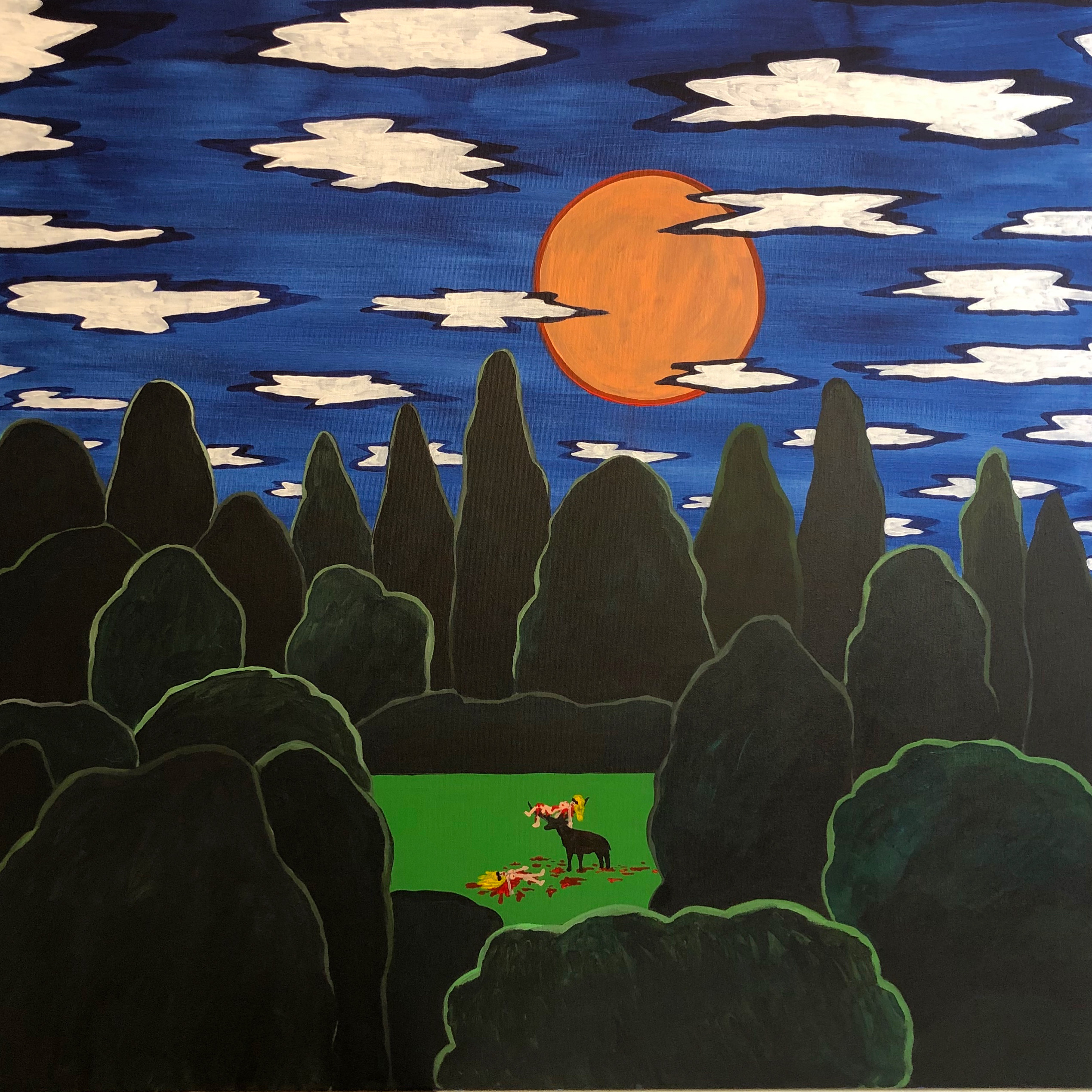
Ellie Pennick, Artist and Founder of Guts Gallery
I decided to proceed with an online exhibition when shit literally hit the fan. All of Guts Gallery’s upcoming exhibitions have been either cancelled or postponed. I could have either sat in isolation waiting until this blew over, or put my ethos of supporting underrepresented contemporary voices into action by navigating this setback through a digital Instagram exhibition.
The distribution of wealth within the arts operates on a model which mirrors that of wider social austerity; it disproportionately benefits people who do not experience racial oppression, gender or class discriminations. This crisis has forced a new generation of artists and gallerists to be vocal about the lack of resources available to a large number of artists and freelance workers who are systemically disadvantaged.
I believe this is a pivotal point in society as a whole; austerity and inequality are now even more visible. The world is going to be very different when we come out of this.
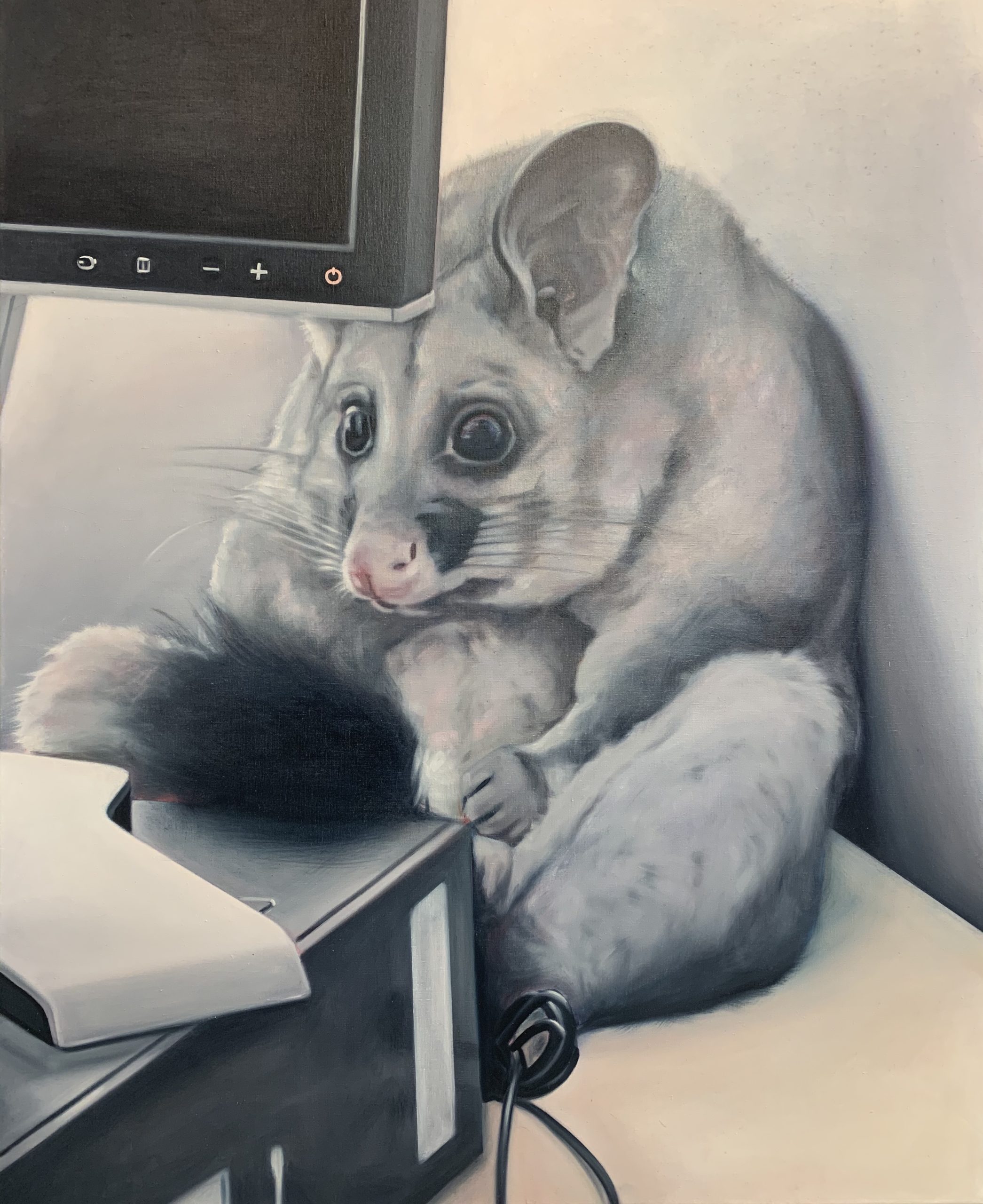
Lydia Blakeley, Artist
I think that the coronavirus has highlighted the cracks in certain areas of an already volatile industry. As an emerging artist, and someone on the very edge of the art world, I can only speculate about the massive impact that this will have.
I worry about the small and mid-sized galleries who showcase the work of emerging and mid-career artists; the crisis could have a devastating effect on them. So many artists are already vulnerable and face financial hardships, and I hope there is support out there to ensure that no one gets left behind. But from what’s been offered, in the UK especially, it’s nowhere near enough.
However, I have felt a real solidarity and community spirit that has strengthened in the light of the crisis. There’s a kind of understanding between people working in all areas of the art world—no matter where we are based and at what stage of their career, no one has not been affected by it.
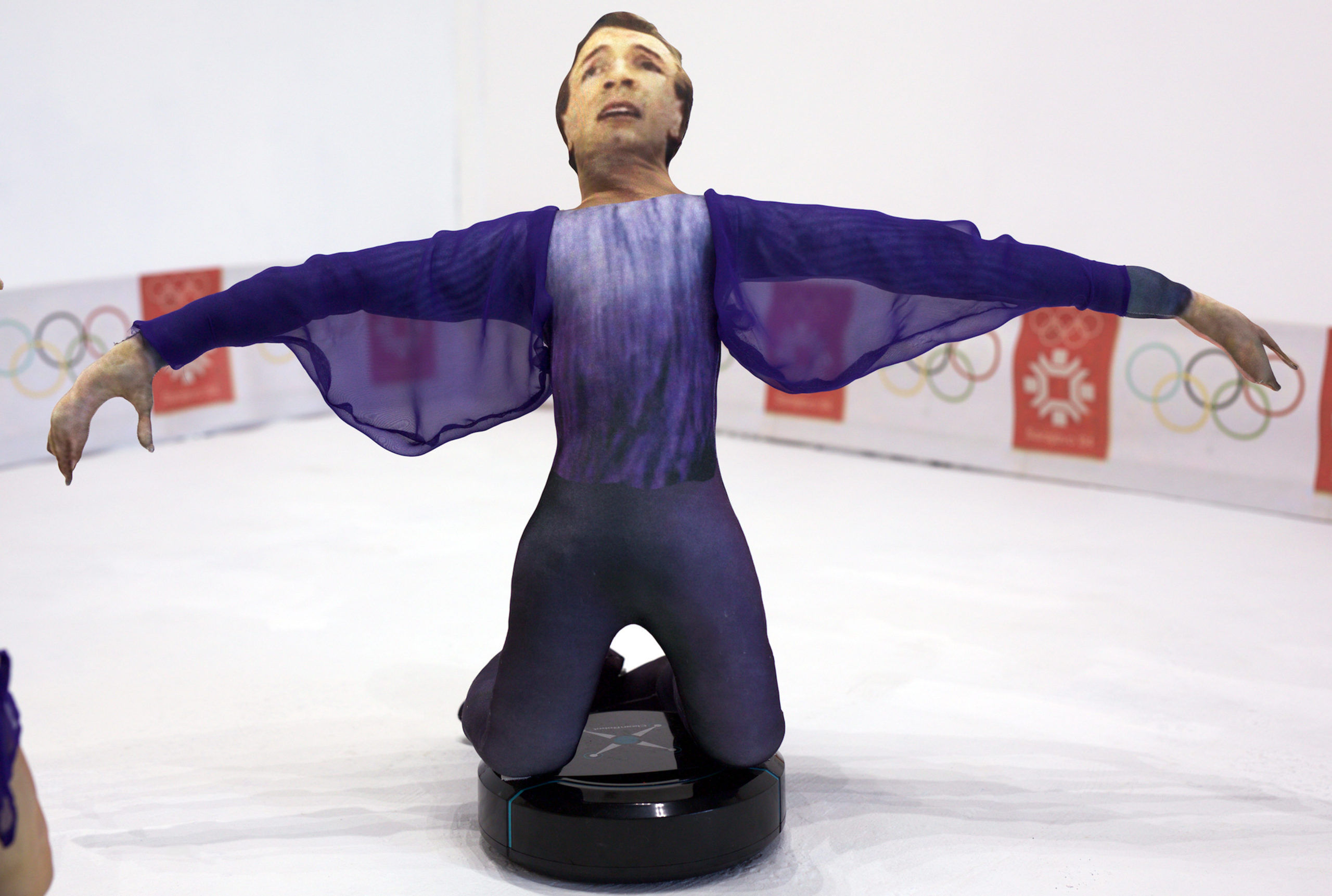
Rosie McGinn, Multi-Disciplinary Artist
This is a huge moment in history and a shift for humanity. However, I’m enjoying taking a break by walking the dogs, sitting in the garden and playing around with ideas that I wouldn’t have had the time for before.
Being an artist in London is non-stop, and everyone puts this mad pressure on themselves to churn out work and stay relevant. At the moment, there’s no need to sustain this momentum; there are no physical shows, deadlines or private views, and we’re all just left with time to have ideas, reflect on previous work and make stuff, with no pressure to show it to anyone. It’s time away from stress, deadlines, self-promotion and schmoozing. A pit stop for the planet; back to basics.
Financially things might crash, but maybe it will trigger a much-needed shift in the art world. It could become less about circulating money and more about making things that connect with people.
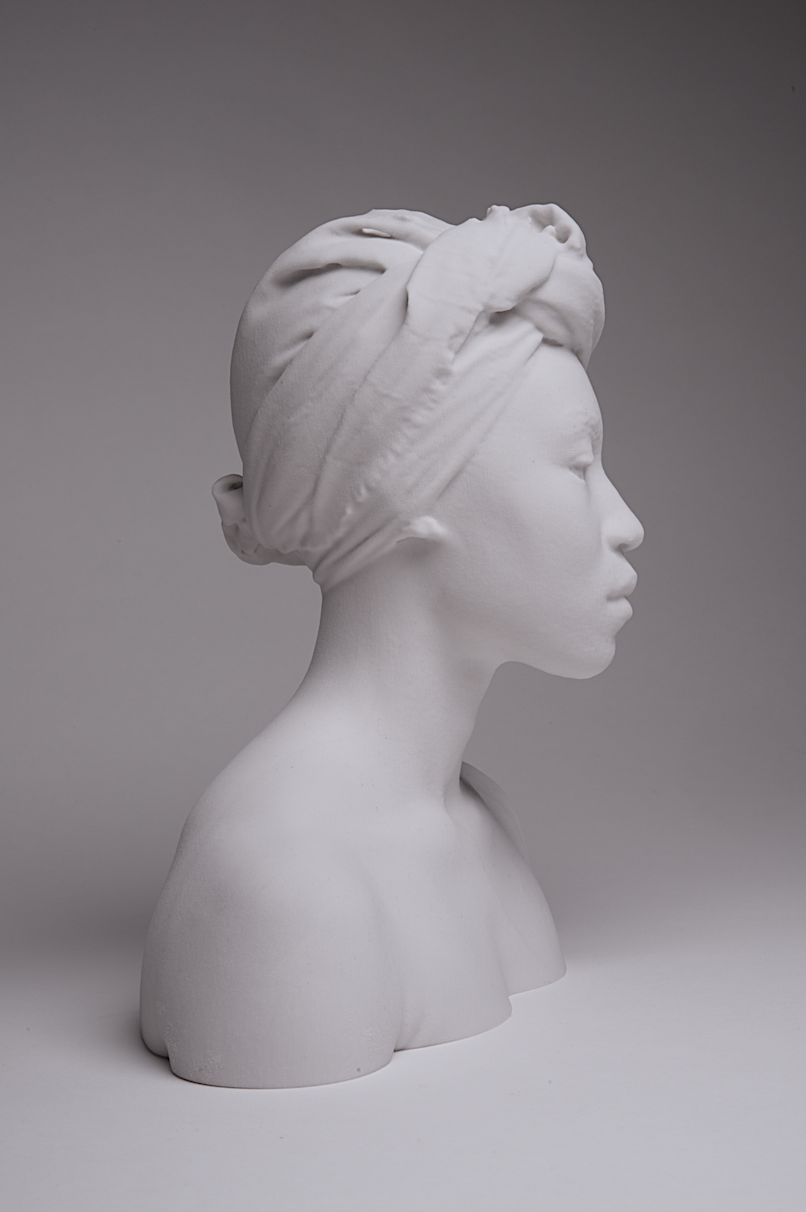
Victoria Williams, Founder of Cob Gallery
Cob Gallery had already been closed for six weeks for a scheduled refurb—we are now in our third month without a physical exhibition. Our programme was due to open with Cat Roissetter’s solo show in late March, followed by a series of solo exhibitions that are now all on hold.
The closure, cancellation and postponement of exhibitions, auctions and art fairs is going to have a huge effect on everybody—from the emerging market to national museums. I think it goes without saying that there will be further emphasis on digital and online content and platforms, which will likely lead to the advancement in these technologies. This might also trigger a new market of buyers, and perhaps it will encourage the democratization of the market.
Alongside this, hopefully a continuing mindfulness about our environmental impact will prevail, plus an increased sense of community. I also think there will be a stronger focus on quality programming at home, and perhaps a revival in the importance of the street level gallery.
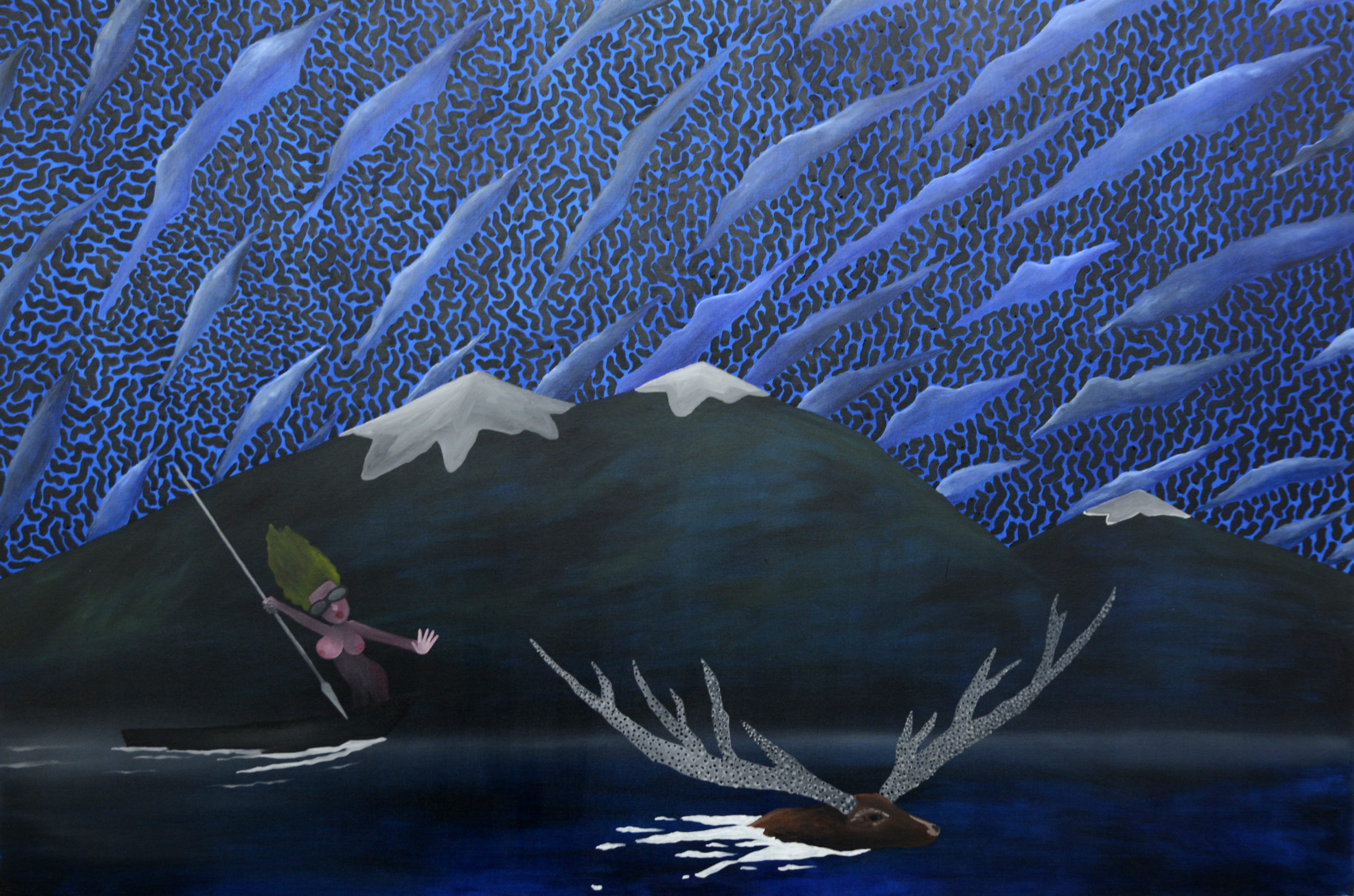
Tadija Janičic, Artist
I was involved in a group exhibition at Unit Gallery in London. Unfortunately, it had to be closed to the public sooner than planned. Art events have stopped, museums and galleries are closed. Everything has stopped. A huge question mark is above us. I wouldn’t say that I’m a pessimist but I do not seem to find anything positive at the moment.
However, I have turned the crisis into personal gain; I have isolated myself in my studio, where I have started a new series of works, and I am publishing actively on my Instagram, turning it into a gallery.
Everything is going virtual, both for the artists and the galleries. I’m under the impression that a new art system is forming. We can now see a lot of world exhibitions in 3D and, as an artist living on the art margins, these virtual visits mean a lot to me.

Cat Roissetter, Artist
The biggest negative for me is that I can’t actually “experience” art, in the physical sense. I’ve been substituting it with TV programmes and articles online. It does make you realize how many emotions and feelings are attached just to the “idea” of going to a gallery space.
There’s huge nostalgia and memory connected to the anticipation of going to an exhibition, which is quite a regular privilege for a lot of us. On the contrary, I think it’s probably good to experience this time of restraint and restriction; the mind does seem to free up a bit.
In the future, viewing art might have to be a bit more localized. People seem to love looking at things online more and more. Weirdly, I like looking at digital images of my own work more than looking at them in the flesh. I don’t know whether that’s a good or bad thing, but there’s definitely something that makes me feel quite sad about it. That’s probably another discussion.
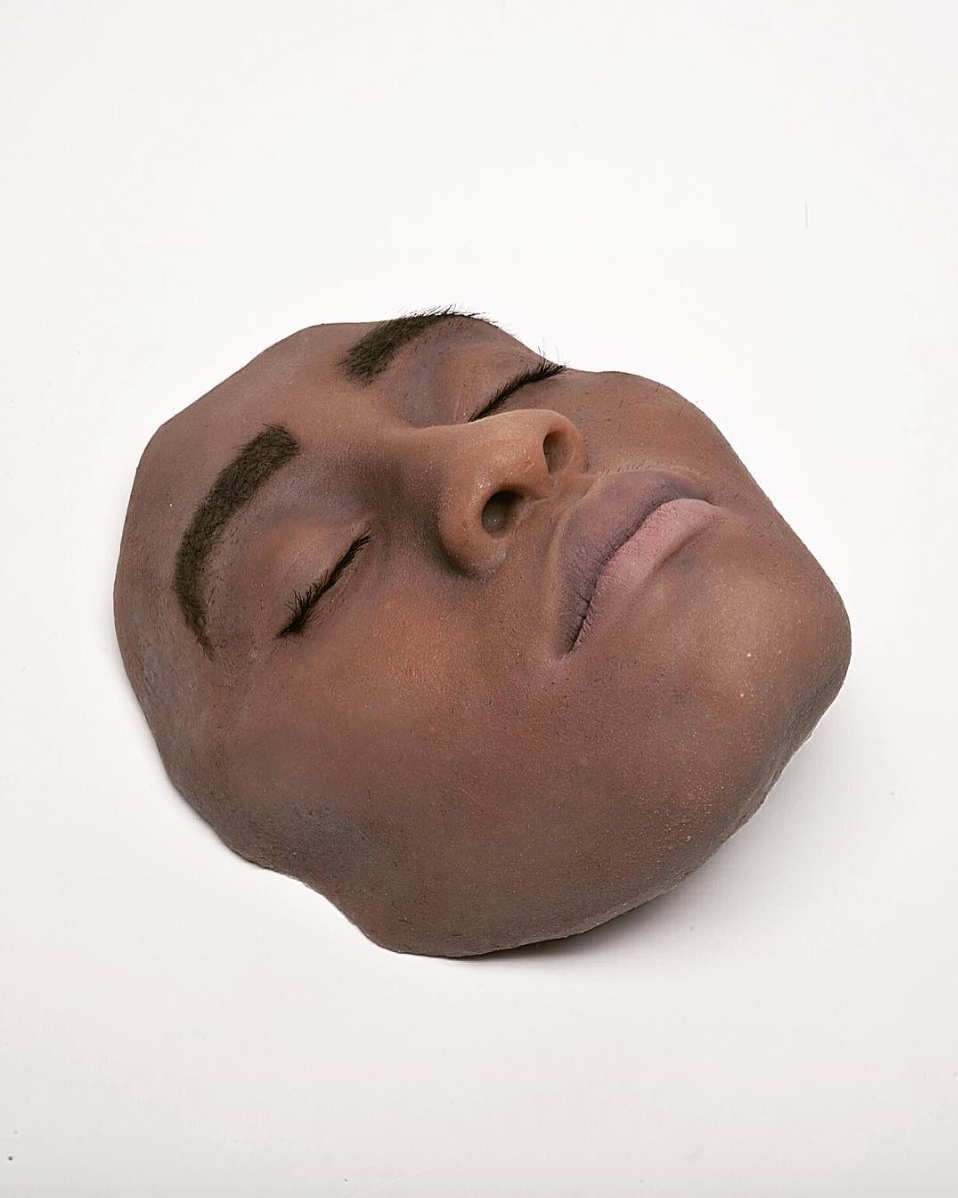
Rayvenn D’Clark, Digital Sculptor, Writer and Curator
The advent of COVID-19 has definitely taken us all by surprise—freelancers, especially. Battling with the reality of being unable to access the studio for the foreseeable future, this is definitely a time for (technological) ingenuity from creatives worldwide. It has seen creative projects postponed, lost income and a general onset of anxiety that none of us could have prepared for.
Overwhelmingly, there has most definitely been recognition from the arts industry of the workflow that can be produced using online tools (such as virtual showcases), which I feel will now be fully adopted by the industry.
Similarly, I’ve noticed the importance of “digital connections”—not so much social sharing but activities such as live-streaming tutorials, which are hugely cost effective. I think this is something the arts industry will begin to consider as standard when planning their events calendar from 2020 onwards.

Christopher Hartmann, Artist
As I’m in my final year at the MFA at Goldsmiths, I had been working in the studio towards the degree show in July for months. We had to cancel the open studios event at Goldsmiths, and a week later they closed the studios.
The degree show will have to be postponed, if possible. However, nobody knows when and where it would take place as the new academic year starts soon. Also, when and where could I make the work I was planning to show? Would people actually want to attend a big event? It’s the most important event of the whole course and it’s heartbreaking to not have this opportunity anymore. This is why I’m considering deferring to next year.
I suppose that this could also be an opportunity to reconsider certain unsustainable practices, such as pricing and travelling. It’s a good moment to question how the art world has been functioning so far and what we want to return to once this is over. A crisis involves change and that can be positive.

Jakob Kudsk Steensen, Artist
I am doing an artist residency in Arles, France, focusing on a new piece commissioned by the Luma Foundation. For now, I am here until the end of June, working in a large salt marshland, 3D scanning different plants, rocks, mud, algae and sound recording.
To me, the most important system to think about supporting is for the artists. Many I know have lost their jobs as developers, freelancers, sound artists and performers, while some others have lost exhibitions. I tend to plan and work on a project two years before it opens because I work slowly. So, for now, I am set up relatively fine for the current situation, but many are not.
We need to think about how public art institutions will move through the crisis, and how large organisations can support artists. Large galleries will likely survive; they are already creating digital platforms for selling and showing art. I think that is exciting and positive, in a way.





